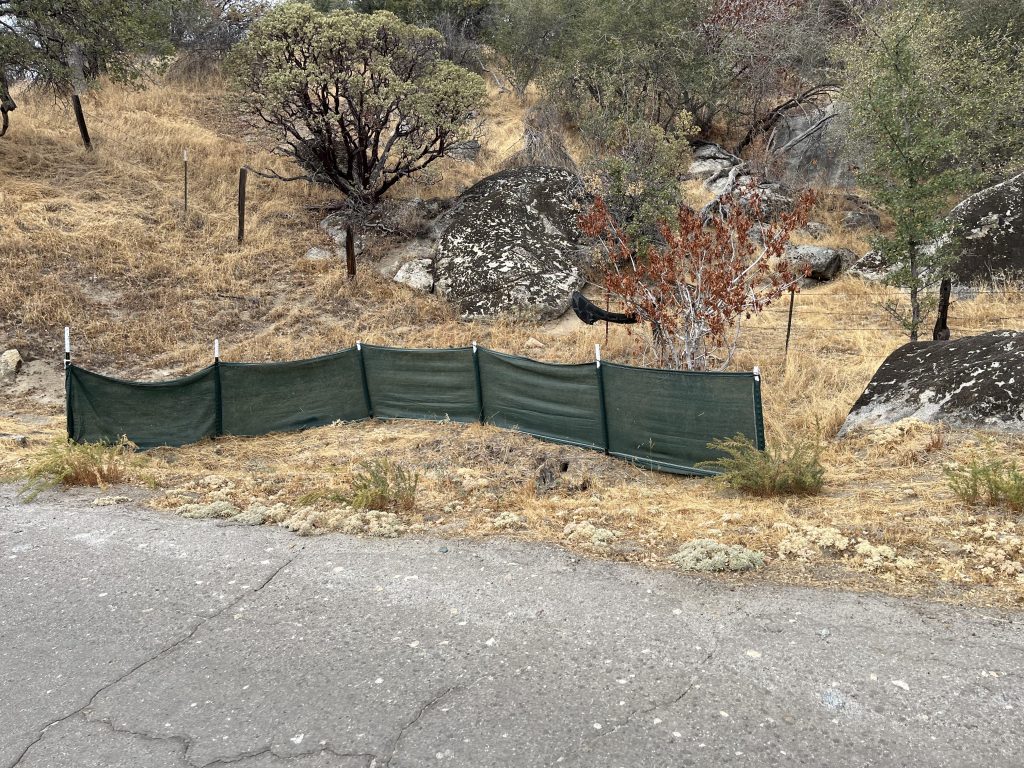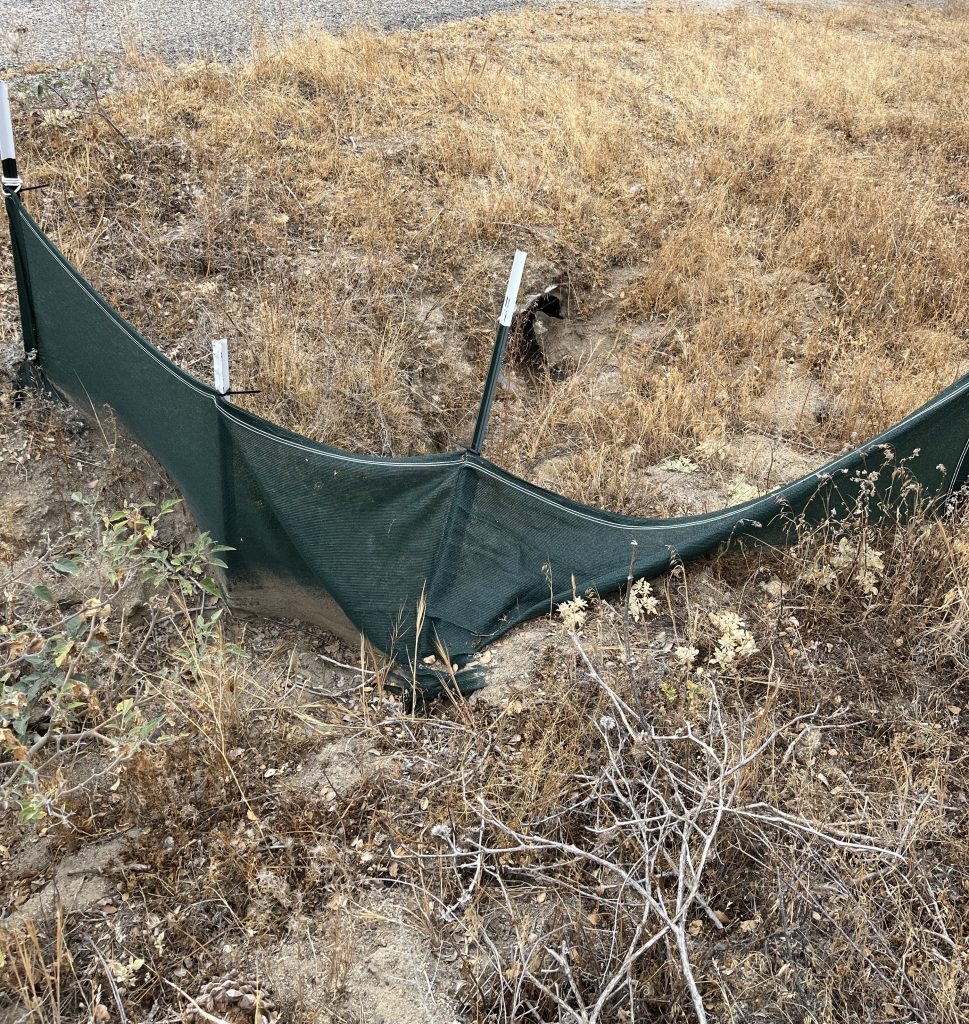On September 4, 2020, the Creek Fire started near Shaver Lake in Fresno County, California, and quickly became one of the largest fires of the season. The fire burned 379,895 acres in Fresno and Madera Counties, mostly in the Sierra National Forest, and was declared 100 percent contained on December 24, 2020. The Creek Fire was the fifth-largest wildfire in modern California history, and the second-largest single fire not part of a greater complex.
Once the fire was between 70 and 95 percent contained, ENGEO was retained by the County of Madera to perform a post-fire geologic hazard evaluation. A team provided recommendations to minimize potential detrimental effects associated with post-fire soil erosion and debris flow hazards related to county-maintained infrastructure.
Wildfires alter the hydrologic response of watersheds through the reduction of stabilizing root structures, rainfall-intercepting tree canopies, and soil infiltration capacity. Increased runoff volumes and slope erosion during rainstorms or rapid snowmelt events can result in sediment-laden floods and debris flow hazards. Debris flows form when runoff water entrains large volumes of sediment, such that the flow transforms into a dense, viscous fluid, like that of wet concrete. Large boulders and logs can be transported long distances, especially when confined in narrow channels.
Post-fire debris flows are most likely to occur in the first and second years following a fire, although they can still occur years to decades following a fire due to delayed root decay.
Among the potentially threatened county infrastructure was Road 225, which serves as the primary evacuation route for the community of Redinger Lake. Several moderately burned watershed basins drain across Road 225, resulting in an increased threat of debris flows blocking the roadway, or excessive erosion disabling the road’s drainage facilities, preventing emergency response accessibility for the community. To minimize this potential risk, the most critical debris flow hazard and drainage facilities along Road 225 were identified, and protective erosion/debris flow barriers were installed. ENGEO identified a product supplier (SOX Erosion Solutions) who donated 50 percent of the erosion control materials and volunteered on-site installation oversight.
Approximately 2 years following the fire, we inspected the mitigation locations along Road 225 to assess past performance and continued effectiveness of the installed erosion mitigation measures. Over 95 percent of the erosion mitigation products were still in-place (essentially as-installed), showing minimal damage and disruption from the elements. Additionally, the protected drainage culverts under Road 225 remained open; we observed relatively large quantities of eroded soils trapped by the installed SOX erosion control product. These eroded soils would have otherwise blocked the culverts and threatened roadway access.
As previously noted, post-fire debris flow and soil erosion threats can be experienced several years following the fire; therefore, selecting a product that offers a multi-year design life and long-term desired performance is an important component for effective post-fire hazard mitigation.
Learn more about ENGEO’s Disaster Recovery Services.

SOX Fence still in place and fully functional 2 years after installation

SOX Fence catching sediment on a previously burned slope